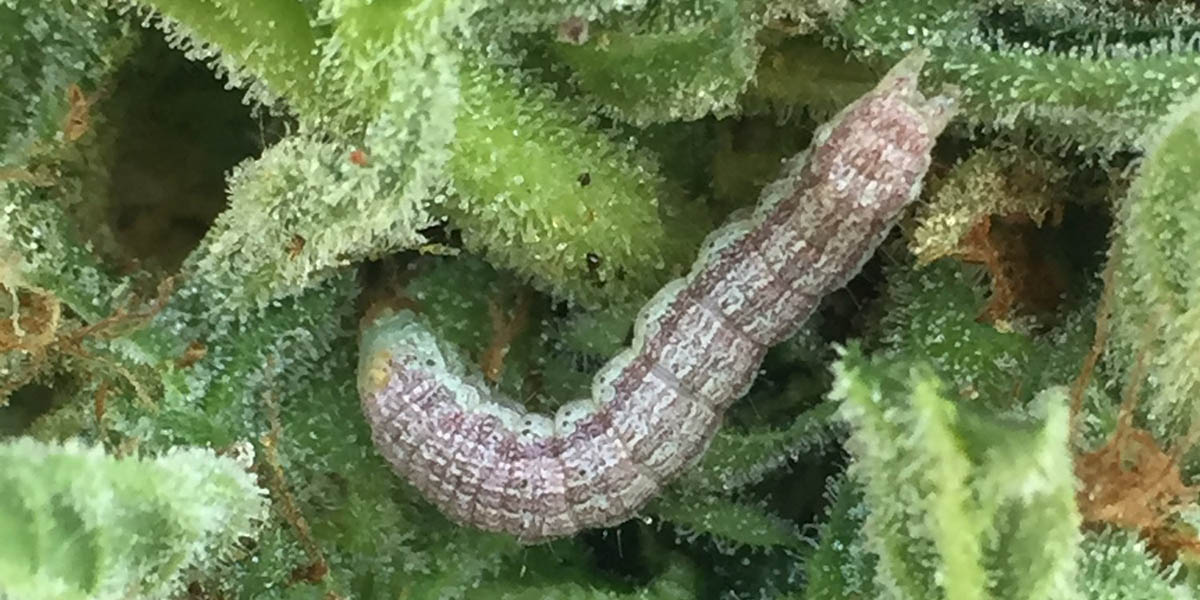Fall is here and so are the caterpillars, at least in Northern California. We have documented numerous instances of caterpillar damage and can officially say there has been a decent hatch this year.
But how to deal with these nefarious little buggers? The best physical control is to carefully groom each plant and hand pick the caterpillars off. They can be difficult to see, but there are key telltale signs of their presence:
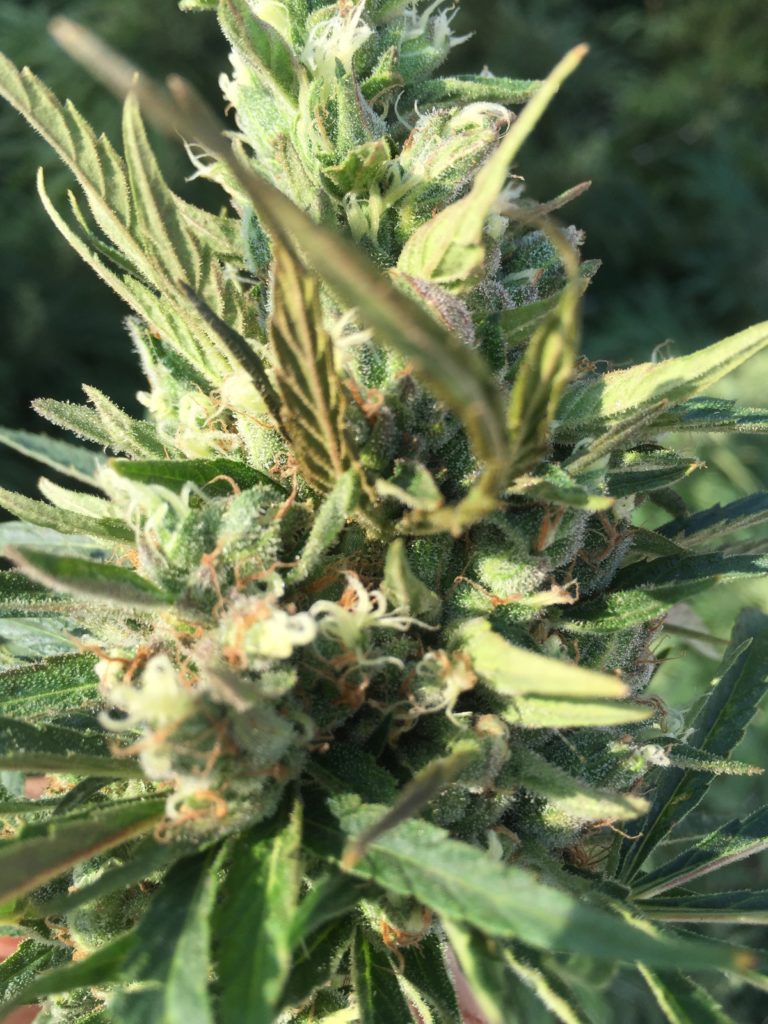
Yellowing and necrotic leaf tissue is a direct sign of caterpillar damage. They eat the inside of the flowers which turns into botrytis(bud rot). Peeling back the inside of the flowers you can usually find them inside surrounded by their feces.
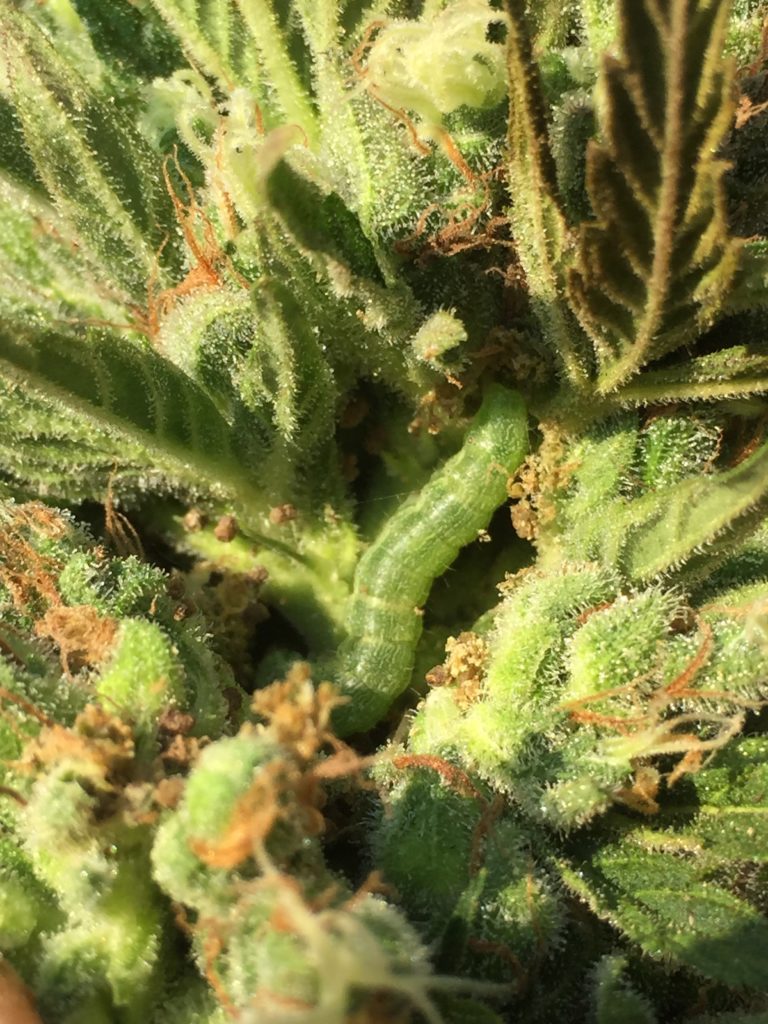
The other telltale sign is to examine flowers for feces directly. The feces are small irregular shaped brownish pellets and they are observed scattered around the flowers. If you spot these then conduct a careful examination of the surrounding flowers.
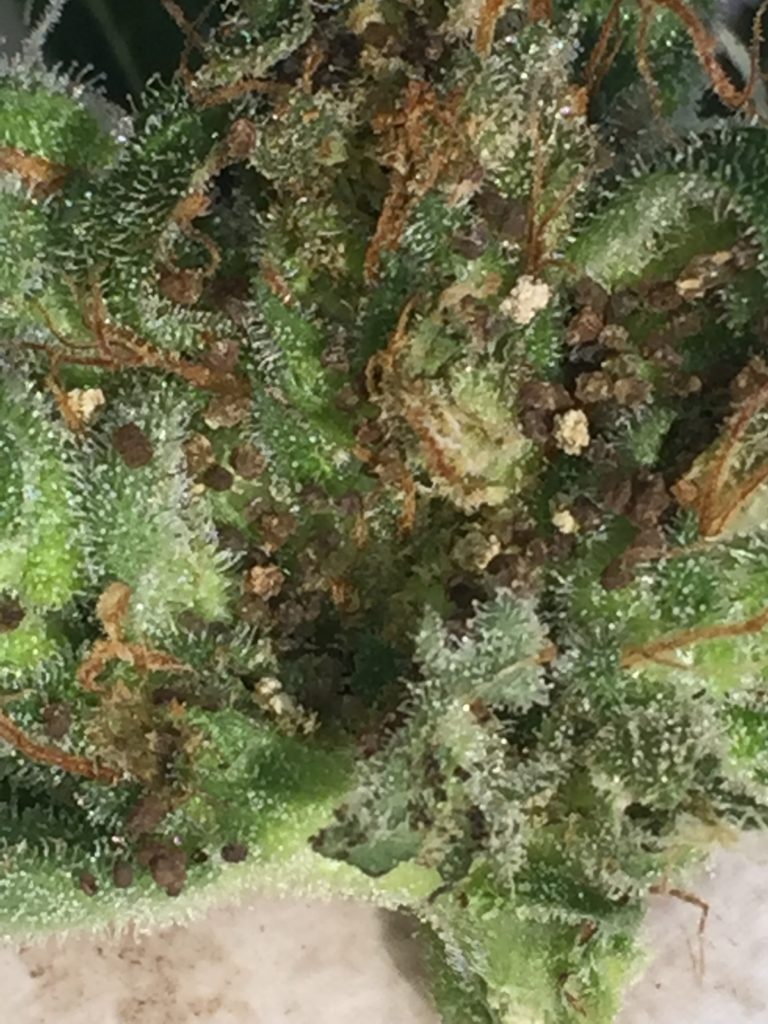
The overall damage directly from the consumption of plant material is fairly inconsequential in terms of crop loss. The real damage comes from the rapid onset of botrytis inside the flowers which can then spread to the surrounding environment. In the photo below you can see a calyx that was perfectly bored out by a caterpillar.
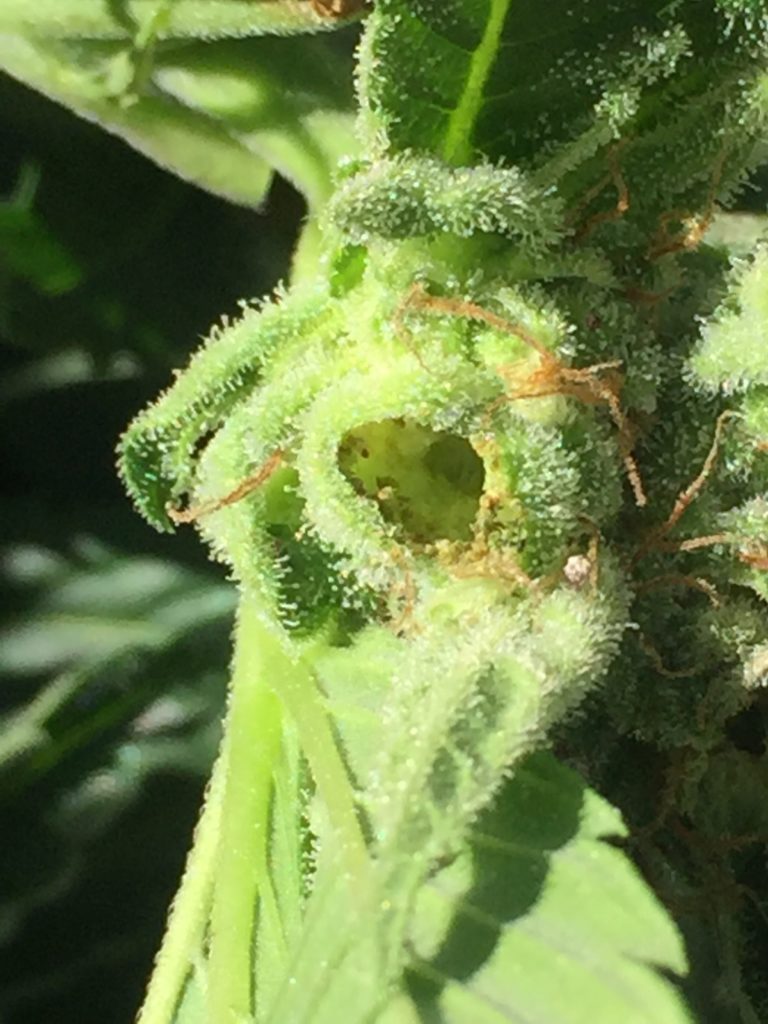
To manage these pests, please visit our pest management pages and click on caterpillars. We have provided many good IPM controls and are currently conducting additional research as this hatch continues. A good all around OMRI certified biocontrol is a product known as Bacillus Thuringiensis (BT) ssp. Kurstaki. The key is even application and consistent reapplication. Happy Farming!!!

